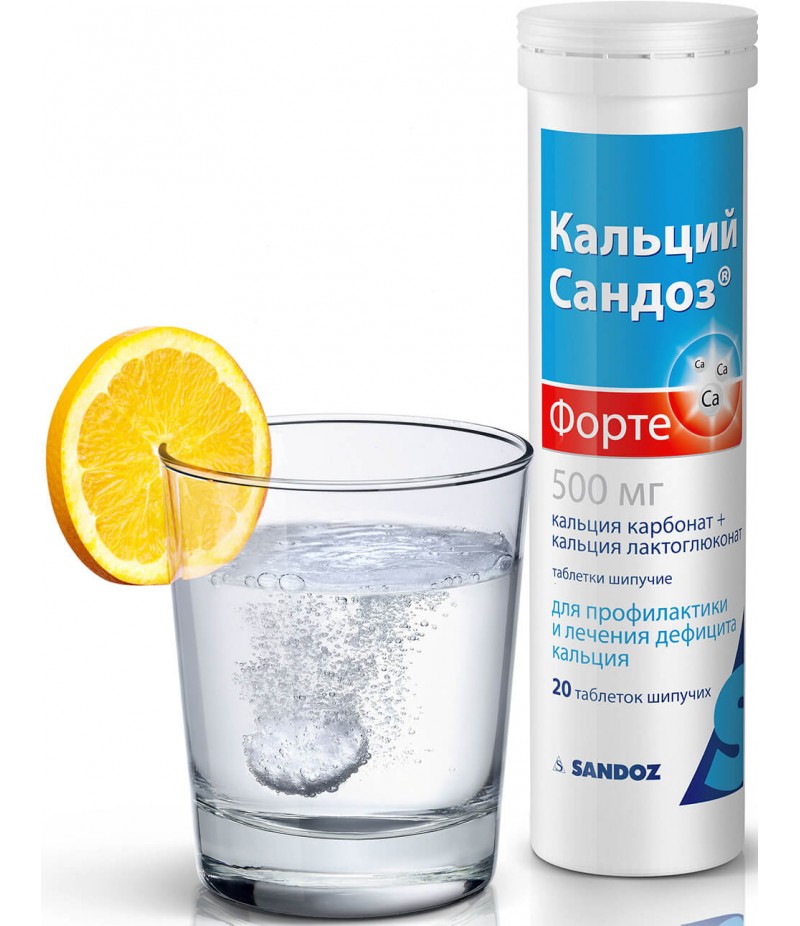Calcium gluconate tablets 500 mg #30
- $3.46
- 3 or more $3.30
- Availability:In Stock
Calcium gluconate instruction for useYou can buy Calcium gluconate on this pageClinical and pharmacological groupThe drug that replenishes calcium deficiency in the bodyForm of release, composition and packagingTablets are white, ..
Calcium gluconate instruction for use
You can buy Calcium gluconate on this page
Clinical and pharmacological group
The drug that replenishes calcium deficiency in the body
Form of release, composition and packaging
Tablets are white, flat-cylindrical, with a facet and a risk.
1 tab.
calcium gluconate monohydrate 500 mg
Auxiliary substances: potato starch 23 mg, talc 5 mg, calcium stearate monohydrate 2 mg.
10 pieces. - packings without cell contour (1) - packs cardboard.
10 pieces. - Packings without glue contour (2) - packs cardboard.
10 pieces. - packings of cellular contour (1) - packs cardboard.
10 pieces. - packings cellular planimetric (2) - packs cardboard.
pharmachologic effect
The preparation of calcium replenishes the deficiency of calcium ions necessary for the process of nerve impulse transmission, reduction of skeletal and smooth muscles, myocardial activity, bone formation, and blood clotting.
Pharmacokinetics
Approximately 1 / 5-1 / 3 part of the orally administered drug is absorbed into the small intestine; this process depends on the presence of vitamin D, pH, features of the diet and the presence of factors that can bind calcium ions. The absorption of calcium ions increases with its deficiency and the use of a diet with a reduced content of calcium ions. About 20% is excreted by the kidneys, the rest (80%) is removed from the intestinal contents.
Indications
Diseases accompanied by hypocalcemia, increased permeability of cell membranes (including blood vessels), impaired conduction of nerve impulses in muscle tissue.
Hypoparathyroidism (latent tetany, osteoporosis), metabolic disorders of vitamin D: rickets (spasmophilia, osteomalacia), hyperphosphatemia in patients with chronic renal failure.
The increased need for calcium ions (pregnancy, lactation period, the period of increased body growth), insufficient calcium ions in food, a violation of its metabolism (in the postmenopausal period).
Enhanced excretion of calcium ions (prolonged bed rest, chronic diarrhea, secondary hypocalcemia, long-term use of diuretics and antiepileptic drugs, glucocorticosteroids).
Poisoning with salts of magnesium ions, oxalic and fluoric acids and their soluble salts (in the interaction with calcium gluconate insoluble and non-toxic calcium oxalate and calcium fluoride are formed).
Hypercalcemic form of paroxysmal myoplegia.
Contraindications
Hypersensitivity, hypercalcemia (concentration of calcium ions should not exceed 12 mg% ~ 6 mEq / L), expressed hypercalciuria, nefrourolitiaz (calcium), sarcoidosis, simultaneous reception of cardiac glycosides (risk of arrhythmias), children under 3 years.
Carefully. Dehydration, electrolyte disorders (risk of hypercalcemia), diarrhea, malabsorption syndrome, minor hypercalciuria, mild chronic renal failure, chronic heart failure, prevalent atherosclerosis, hypercoagulation, calcium nephrourolythiasis (in anamnesis).
Dosage
Grind before consumption.
Inside, before meals or 1-1.5 hours after intake (squeezed milk). Adults - 1-3 g 2-3 times a day (the maximum daily dose - 9 g).
Pregnant and lactating mothers - 1-3 g 2-3 times a day (maximum daily dose - 9 g).
Children: 3-4 years - 1 g (maximum daily dose - 3.0 g); 5-6 years - 1-1.5 g (maximum daily dose - 4.5 g); 7-9 years - 1.5-2 g (the maximum daily dose - 6 g); 10-14 years - 2-3 g (the maximum daily dose - 9 g); the frequency of reception is 2-3 times a day.
Side effects
Constipation, irritation of the mucous membrane of the gastrointestinal tract, hypercalcemia.
Overdose
Symptoms: the development of hypercalcemia.
Treatment: Calcitonin is administered 5-10 IU / kg / day. (diluting it in 500 ml of 0.9% sodium chloride solution). Duration of administration 6 hours.
Drug Interactions
Forms insoluble complexes with antibiotics of the tetracycline series (reduces the antibacterial effect).
With simultaneous application with quinidine, it is possible to slow intraventricular conduction and increase the toxicity of quinidine.
Slows the absorption of tetracyclines, digoxin, oral iron preparations (the interval between their methods should be at least 2 hours).
When combined with thiazide diuretics can increase hypercalcemia. Reduces the effect of calcitonin in hypercalcemia. Reduces the bioavailability of phenytoin.
special instructions
In patients with minor hypercalciuria, a decrease in glomerular filtration or with nephrourolythiasis in history, treatment should be controlled by the concentration of calcium ions in the urine.
Drinking plenty is recommended to reduce the risk of nephrourolythiasis.
Pregnancy and lactemia
The application is possible according to the dosing regimen.
Application in childhood
Contraindicated in children under 3 years.
In case of violations of kidney function
With caution: moderate chronic renal failure.
In patients with reduced glomerular filtration, treatment should be controlled by the concentration of calcium ions in the urine.
Conditions of leave from pharmacies
The drug is approved for use as a means of OTC.
Terms and conditions of storage
In a dry place, at a temperature of no higher than 25 ° C. Keep out of the reach of children.
Shelf life - 5 years. Do not use after the date shown on the package.


